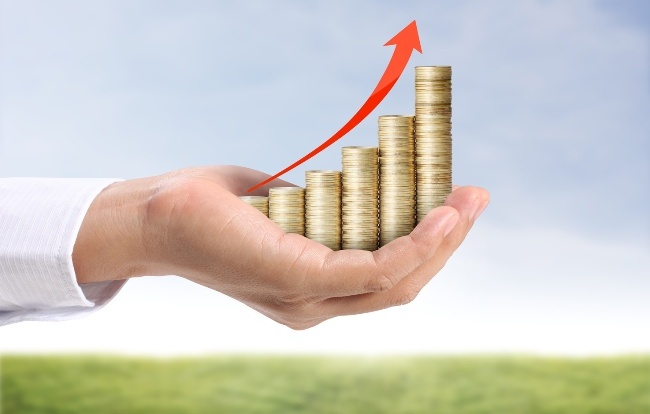MediShield Life began in November last year (2015), bringing compulsory health insurance to Singapore and marking the coming of age for health insurance here. Just 25 years ago, hardly anyone here had personal health insurance. They either depended on their employers for healthcare support, or paid the whole sum out of their own savings. And hospital bills can be very big, even with Government subsidy, sometimes posing a severe financial strain on the patient's family.
With the launch of MediShield Life, no Singaporean or permanent resident will ever have to face big hospital bills on their own again. Singaporeans were introduced to medical insurance in 1990 when the Government launched MediShield. While there were commercial health insurance available to the individual then, few took them up, largely because few understood the importance of health insurance.
Things changed with MediShield, largely because people were allowed to use their Medisave to pay the premiums, which essentially meant no out of pocket payments were needed. As a result, close to 1.5 million people signed on for the rather basic health insurance. Coverage then was limited to $15,000 a year, $50,000 in lifetime claims and only up till the age of 65 years. Between then and now, the health insurance scene has undergone many changes, as people here came to appreciate the benefits of such coverage.
One major change was the government allowing private companies to offer health insurance whose premiums could also be paid for with Medisave. As a result, there is now a plethora of health insurance coverage with different payouts and premiums - making it extremely confusing and difficult for the average person to decide what to get.
But opening it to the private sector to offer coverage for private sector bills also saw these bottom-line driven companies cherry pick only the healthiest people, leaving those at higher risk of needing hospital care to the goverment-run scheme. So another major change came a decade ago making it compulsory for everyone using Medisave to pay for premiums, to also be enrolled in the basic MediShield coverage. This is done through the private insurers, with no effort needed by the individual.
Meanwhile, the basic scheme also changed, offering higher annual and lifetime payouts, as well as coverage for older people, and recently, for life. As healthcare costs continue to rise faster than general inflation, and as the population ages, many of those who really needed the coverage found themselves left out in the cold, either because they had hit their limits, or because they could no longer afford the hefty premiums charged.
Although Medisave could be used to pay the premiums, the government had put a cap on the maximum that could be used each year. Also, there were many people who have pre-existing conditions that have been excluded from insurance coverage. This led to the creation of MediShield Life, a concept that had been raised many times over the years, but that is finally reaching fruition, where everyone, regardless of age, infirmity or ability to pay would enjoy coverage. But the difficulty in choosing the best insurance for them remains for the two in three people who are on the private plans integrated with MediShield. For more information on MediShield Life, go to the Ministry of Health's website.
If you need to understand more about how you can get a better coverage for yourself and your family, do message me (Jacky Goh 吴锦南, Senior Financial Planner, representing AXA Life Insurance Singapore Pte Ltd) for an non-obligation consultant appointment on any of the financial services at +65 9151 9924 today.






